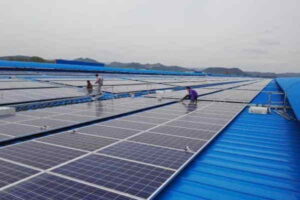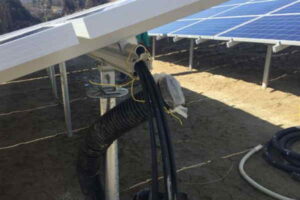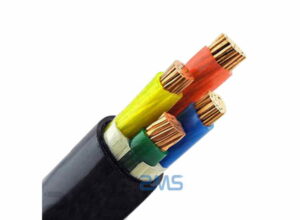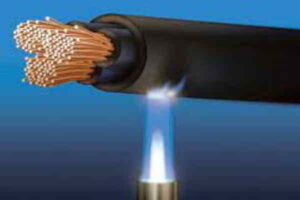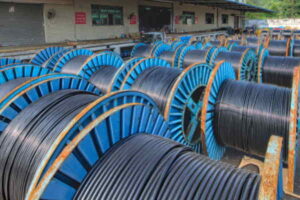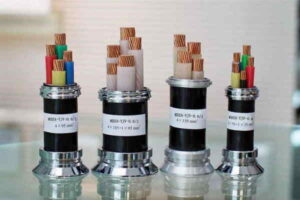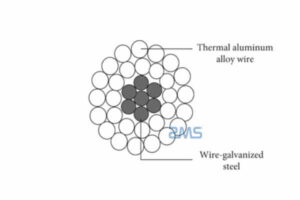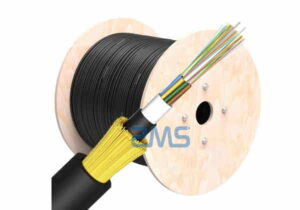Photovoltaic (PV) solar cables are an essential component of any solar energy system. These specialized cables are used to connect the various components of a solar panel system, including solar panels, inverters, and batteries.
PV solar cables are designed to withstand the harsh outdoor environment and provide a reliable electrical connection for the efficient operation of a solar energy system.
